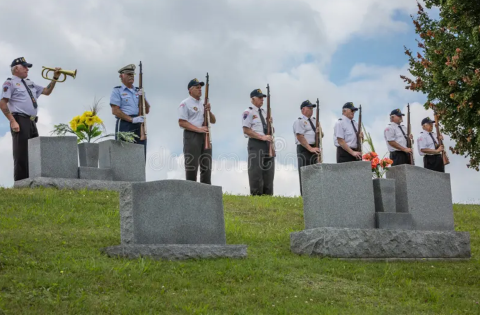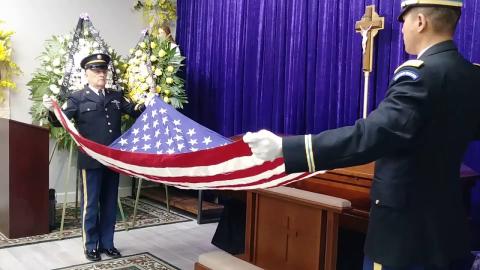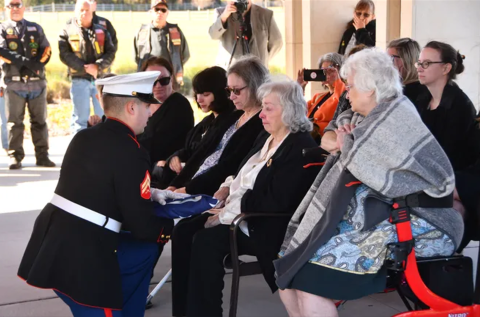Honoring those who served: A tradition with ancient roots
The idea of honoring the fallen with solemn ceremony stretches back thousands of years. Ancient Greeks and Romans held sacred rites for warriors who died in battle, often including a final vigil or watch. That tradition continued through centuries of military practice across Europe and America.
In the United States, military honors became more formalized after the Civil War and again after World War I, as the nation sought to publicly mourn and memorialize its dead. Over time, ceremonial honor guard units became standard in all branches of the armed forces.
Today, elite units such as the U.S. Army’s Old Guard (3rd Infantry Regiment) at Arlington National Cemetery carry out these solemn duties with precision and reverence. But even beyond the elite units, honor guards—often composed of local veterans or active-duty volunteers—serve families in towns across the country.
A Legal Right of Every Veteran
It’s not just tradition. It’s law.
Under Section 578 of the National Defense Authorization Act (2000), every eligible veteran is entitled by law to receive military funeral honors, including:
Two or more uniformed service members who perform:
• A rifle volley
• The playing of “Taps”
• The folding and presentation of the U.S. flag
These honors are not optional—they are the nation’s final salute to those who served.
The Honor Guard is not just about precision—it is about presence. They stand for the many who cannot. They walk for the many who fell. In that way, they are not merely performers of ritual, but bearers of memory.
One retired guardsman put it this way: “We don’t do it for applause. We do it because someone must stand between the noise of the world and the silence our heroes deserve.”
Why It Matters
The Honor Guard reminds us that some things—sacrifice, reverence, gratitude—are sacred. Let us never forget.
The Honor Guard’s purpose is not only ceremonial—it’s personal. They serve as the final representation of the military to the veteran’s family. Their appearance, bearing and conduct reflect the seriousness of the occasion and the value placed on the veteran’s service.
Their actions are more than a formality. They provide closure, dignity, and a visible sign that the individual’s service has been recognized and honored by the nation.
The Folded Flag
At every military funeral, there comes a quiet moment when the American flag is folded and presented to the next of kin. It’s a moment marked by precision, dignity and deep respect. Though brief, it carries great weight—signaling the nation’s gratitude for a life spent in service.
The U.S. flag is carefully folded 13 times into a tight triangle, with only the blue field of stars showing when finished. The triangle shape resembles the three-cornered hat worn by soldiers during the Revolutionary War. The flag is kept taut and even, folded with precision as a sign of professionalism and respect. Each movement is deliberate and rehearsed, carried out in complete silence.
Once folded, the flag is presented to the family with a formal statement of gratitude that begins:
“On behalf of the President of the United States, the United States Armed Forces, and a grateful nation…”
This presentation is often one of the most meaningful moments for the family—something they will remember for the rest of their lives.
This is the role of the Honor Guard: to represent the military and the country with care and attention, especially in the final moments of farewell.
The Tri-County Veterans Honor Guard has the privilege of conducting this ceremony at more than 100 funerals annually, and invites like-minded veterans to join them. They meet monthly at 7 p.m. on the third Tuesday at Hardees in Maynardville.
- Log in to post comments


